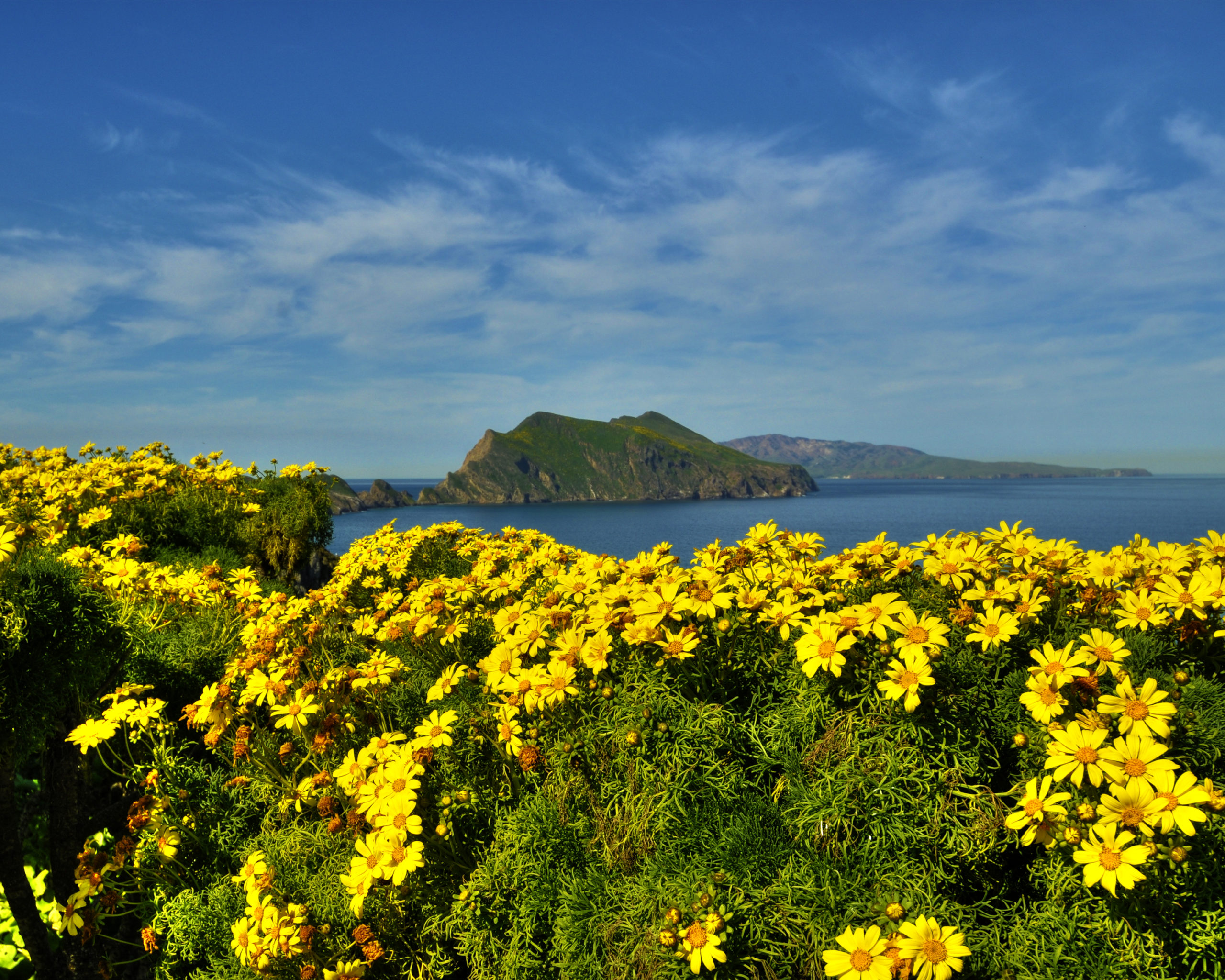
Spring in the Sanctuaries
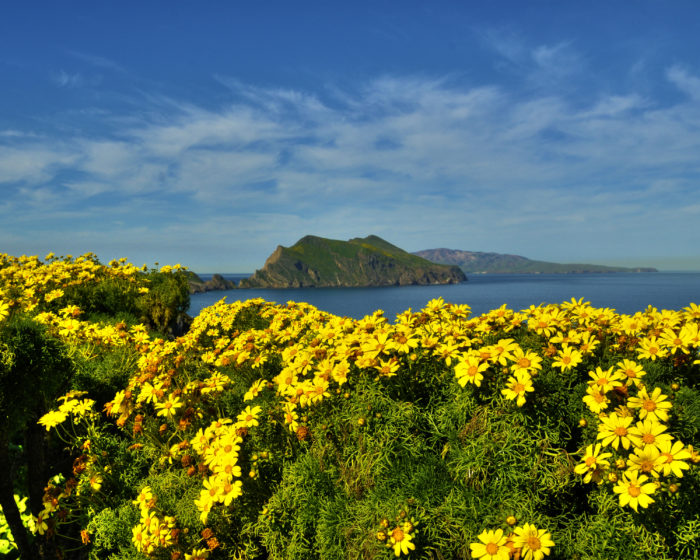
Photo credit: NOAA
Spring has sprung in the Northern hemisphere! It’s a season of renewal, change, and longer, warmer days. While flowers bloom on land, some incredible but less obvious changes happen in the ocean. Let’s dive into some of the spectacular natural events that occur throughout America’s National Marine Sanctuary System this season:
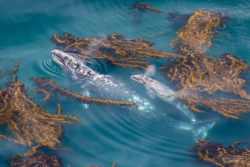
Photo credit: Douglas Croft
Upwelling season begins in March in the Pacific Ocean, with persistent northwesterly winds pushing surface waters offshore and allowing colder, nutrient-rich waters from the deep to replace them. The result of this oceanographic changeover and longer days? An infusion of nutrients and sunlight that support phytoplankton at the center of marine food webs and lots of foraging and spawning activity by invertebrates, fishes, marine mammals, and birds. Cordell Bank National Marine Sanctuary is located in the path of the California Current, one of the five major upwelling zones in the global ocean and upwelling season lasts from March until July.
Migrating gray whales are most abundant along the west coast as they travel back north from their winter calving waters in southern Mexico. On their nearly 5,000 mile journey to their northern feeding waters, gray whales pass through Channel Islands, Monterey Bay, Greater Farallones, Cordell Bank, and Olympic Coast national marine sanctuaries. Their northern migration begins in mid-February and lasts through May, though some gray whales can still be seen along the Pacific Northwest coastline well into July. If you miss the whales on their trek north in the spring, don’t fret – the journey starts all over again in October as these gentle giants begin to head south for the winter.
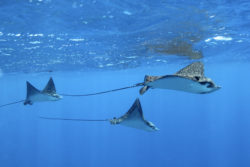
Photo credit: Papahānaumokuākea Marine National Monument
In Flower Garden Banks National Marine Sanctuary, schools of scalloped hammerhead sharks and spotted eagle rays are at their peaks in March. These species can travel long distances throughout the year and are found in the Gulf of Mexico, the Caribbean, and the Atlantic, but the Gulf’s conditions in March are just right for huge gatherings of sharks and rays because temperatures are comfortable and food is plentiful.
Bird lovers rejoice! Migratory shorebirds travel over and rest along Georgia’s coast and waters in the spring months, including areas like Gray’s Reef National Marine Sanctuary. Birds headed north from their warmer winter habitats have plenty of baitfish to feed on in the area as they build up their energy stores to continue their journey to their nesting grounds in other parts of North America.
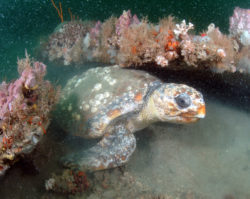
Photo credit: Greg McFall
March is also loggerhead sea turtle nesting season on Georgia’s barrier islands. Females begin traveling ashors to dig their nests, which will hold about 120 eggs each. Adult turtles spend time in and near Gray’s Reef National Marine Sanctuary to feed on crabs, sponges, jellyfish, and other tasty morsels and stay in the area throughout the spring. When the conditions are right, the buried loggerhead eggs hatch and thousands of hatchlings make their way to the water to begin their lives. When they reach adulthood, they will return to this same area during nesting season.
Nearly a quarter of a million seabirds begin nesting on the Farallon Islands and foraging in and near Greater Farallones and Cordell Bank national marine sanctuaries. With plenty of prey on land and at sea, species like the double-crested cormorant and marbled murrelet spend the spring and summer months in the area, arriving in March and heading south in mid-August.

Photo credit: USFWS/Tom Mackenzie
March and April mark peak egg-laying season for California Brown Pelicans (Pelecanus occidentalis californicus) on Anacapa and Santa Barbara Islands. This means there are plenty of avian acrobatics to see from shore on or near Channel Islands National Marine Sanctuary.
Humpback whales begin their seasonal migrations. After spending the winter in the Caribbean, humpbacks head back to Stellwagen Bank National Marine Sanctuary in the North Atlantic to feed and teach their young to forage. On the opposite side of the National Marine Sanctuary System, humpback whales that spend the winter in the warm waters of the Hawaiian Islands Humpback Whale National Marine Sanctuary start their journey to their summer feeding grounds near Alaska.
Blue whales, fin whales, and sei whales begin arriving in greater aggregations near Channel Islands National Marine Sanctuary. Krill populations explode during upwelling season, which makes the waters of southern California the perfect place to spend the spring and summer if you’re a whale that needs to eat multiple tons of these tiny crustaceans each day!
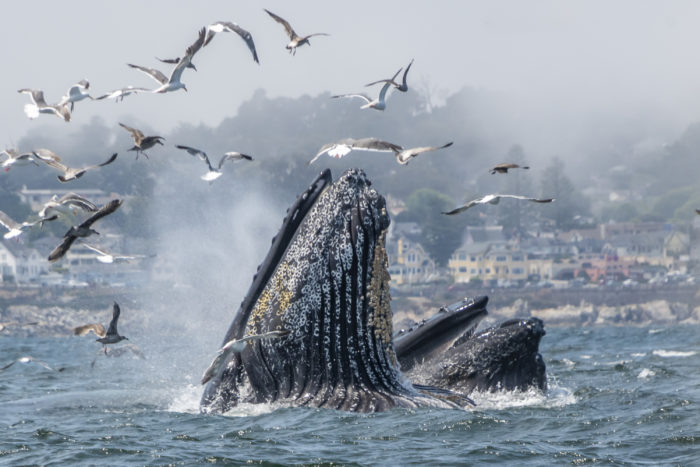
Photo credit: Douglas Croft
